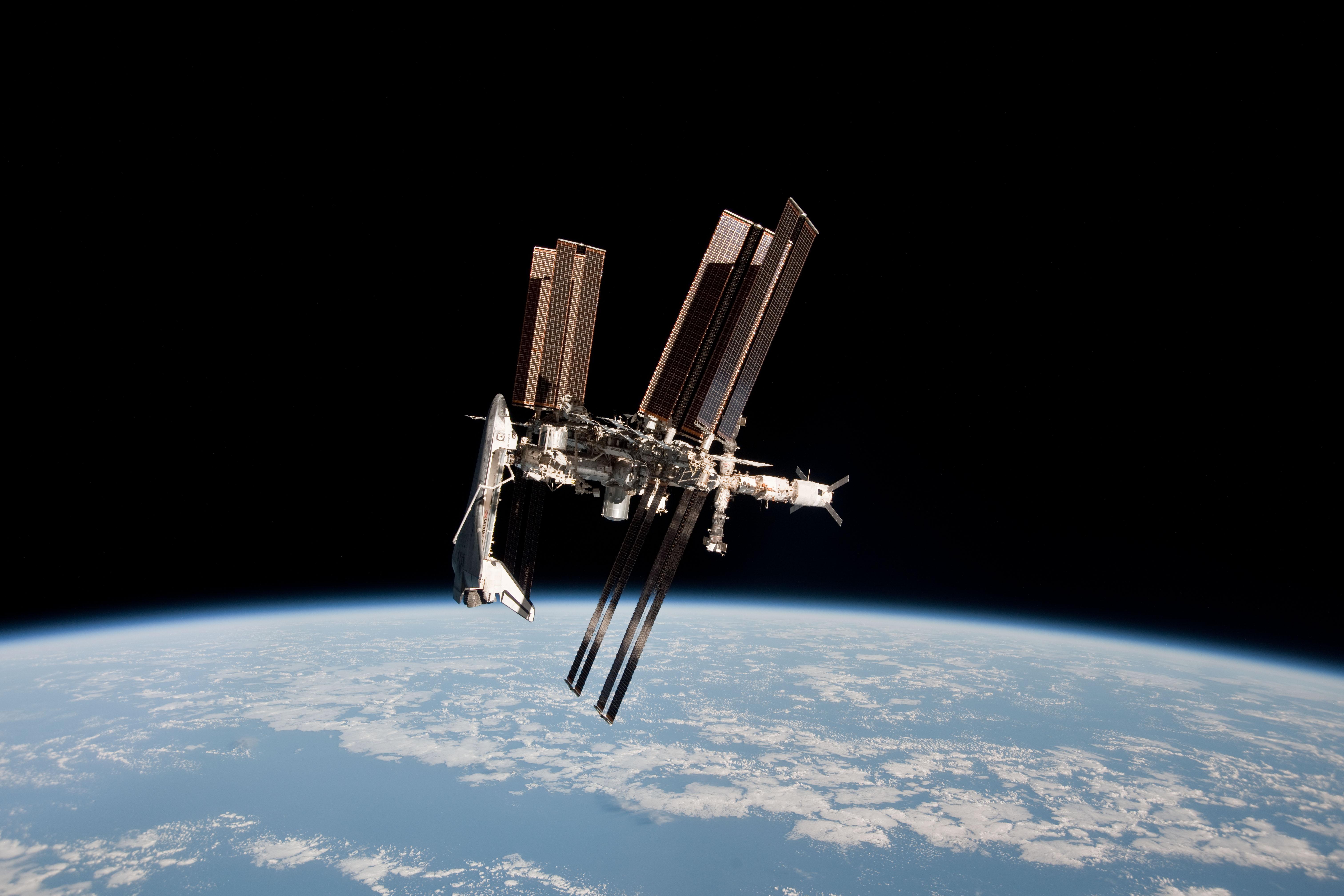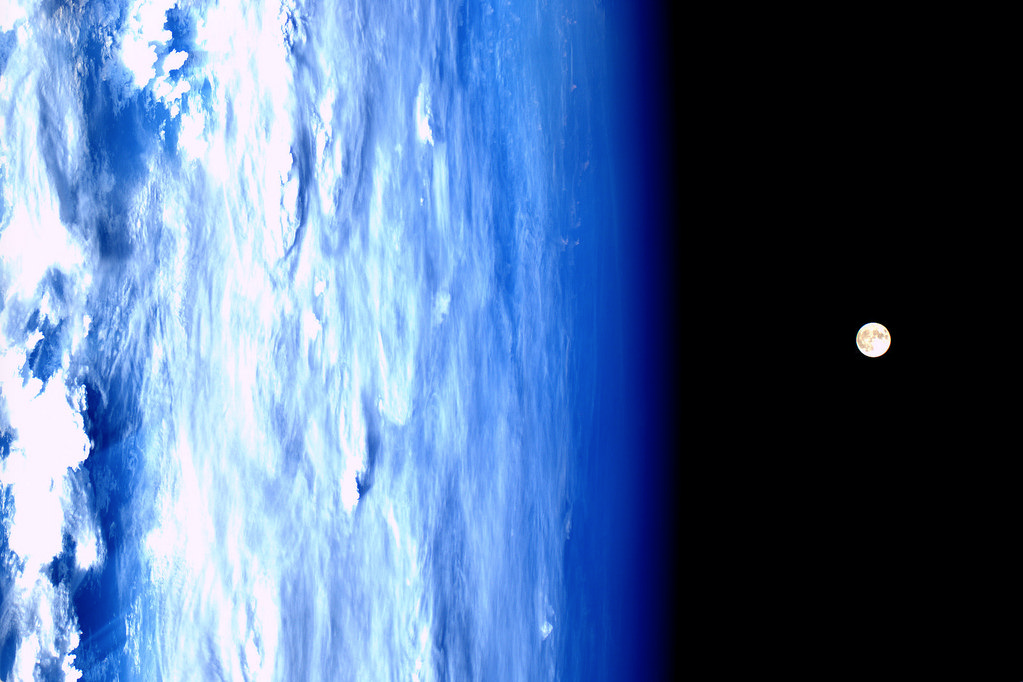
Tag Archives: International Space Station
22 January 2011, 05:37:57 UTC

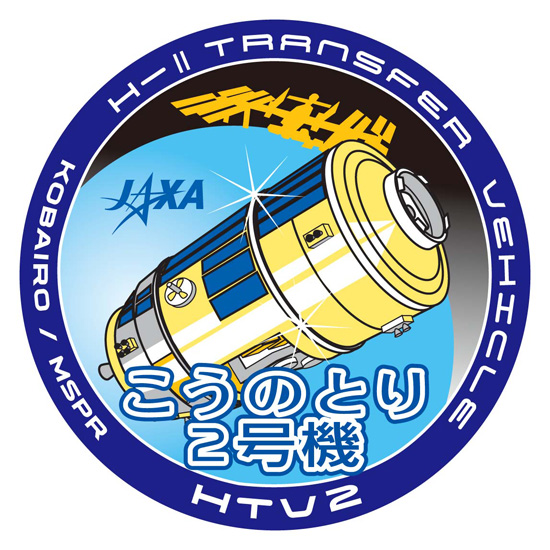 22 January 2011: At 05:37:57 UTC (2:37:57 p.m., Japan Standard Time), JAXA, the Japan Aerospace eXploration Agency, launched a two-stage H-IIB rocket carrying an H-II Transfer Vehicle from the Tanegashima Space Center, with supplies for the International Space Station. The Kounotori 2 lifted off from Yoshinobu Launch Complex Y-2 on Tanegashima, an island south of Kyushu, Japan.
22 January 2011: At 05:37:57 UTC (2:37:57 p.m., Japan Standard Time), JAXA, the Japan Aerospace eXploration Agency, launched a two-stage H-IIB rocket carrying an H-II Transfer Vehicle from the Tanegashima Space Center, with supplies for the International Space Station. The Kounotori 2 lifted off from Yoshinobu Launch Complex Y-2 on Tanegashima, an island south of Kyushu, Japan.
The H-II Transfer Vehicle was manufactured by Mitsubishi Heavy Industries. It has an approximate length of 9.8 meters (32.2 feet) and diameter of 4.4 meters (14.4 feet). Kounotori 2 carried 5,300 kilograms (11,685 pounds) of supplies and equipment. The transfer vehicle docked at the ISS on 27 January and remained at the station for 22 days. It empty transfer vehicle reentered the atmosphere on 30 March 2011 and was destroyed.
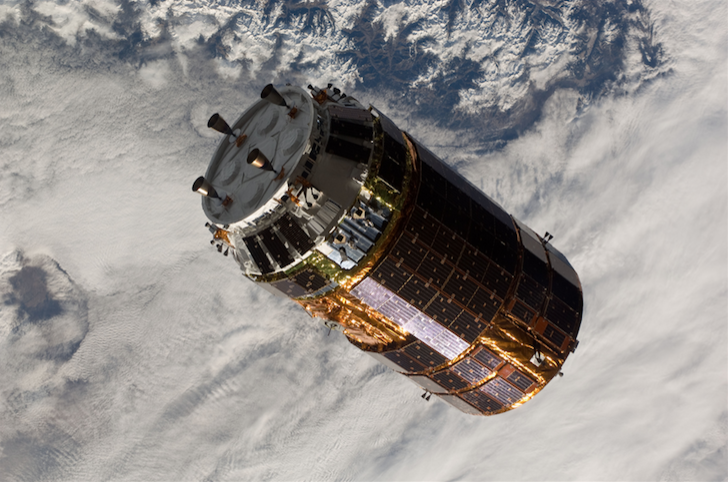

The H-IIB orbital launch vehicle is 56.6 meters (185.7 feet) long, with a diameter of 5.2 meters (17.1 feet). Excluding the payload, the rocket has a mass of 531 metric tons (1,170,655 pounds). It is capable of lifting a 19,000 kilogram (41,888 pounds) payload to low Earth orbit, or 8,000 kilograms (17,637 pounds) to a geosynchronous orbit.
The first stage is 38 meters (124.7 feet) long. It has two Mitsubishi LE-7A rocket engines, each rated at 843 kiloNewtons (189,514 pounds) of thrust at Sea Level, and 1,074 kiloNewtons (241,445 pounds) of thrust in vacuum. These engines burn liquid hydrogen propellant with liquid oxygen.
The first stage is equipped with four SRB-A “strap-on” solid rocket boosters, each rated at 2,305 kiloNewtons (518,185 pounds) of thrust, burning polibutadiene.
The total thrust of the H-IIB at launch is 10,907 kiloNewtons (2,451,991 pounds). The solid boosters burn for 1 minute, 54 seconds, while the main engines burn for another 3 minutes, 58 seconds.
The second stage is 11 meters (36.1 feet) long with a diameter of 4 meters (13.1 feet). It is powered by a single Mitsubishi LE-5B engine rated 137.2 kiloNewtons (30,844 pounds) of thrust. It also is fueled with liquid hydrogen and liquid oxygen. It second stage burn time is 8 minutes, 19 seconds.
Kounotori 2/H-IIB 304 was the second launch of a H-IIB rocket. As of August 2015, there have been 5 successful launches.
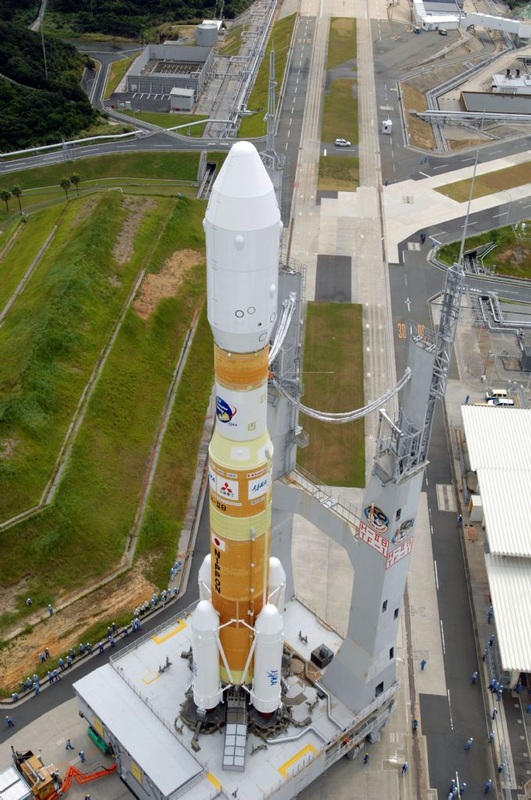
© 2019, Bryan R. Swopes
4 December 1998, 08:35:34 UTC
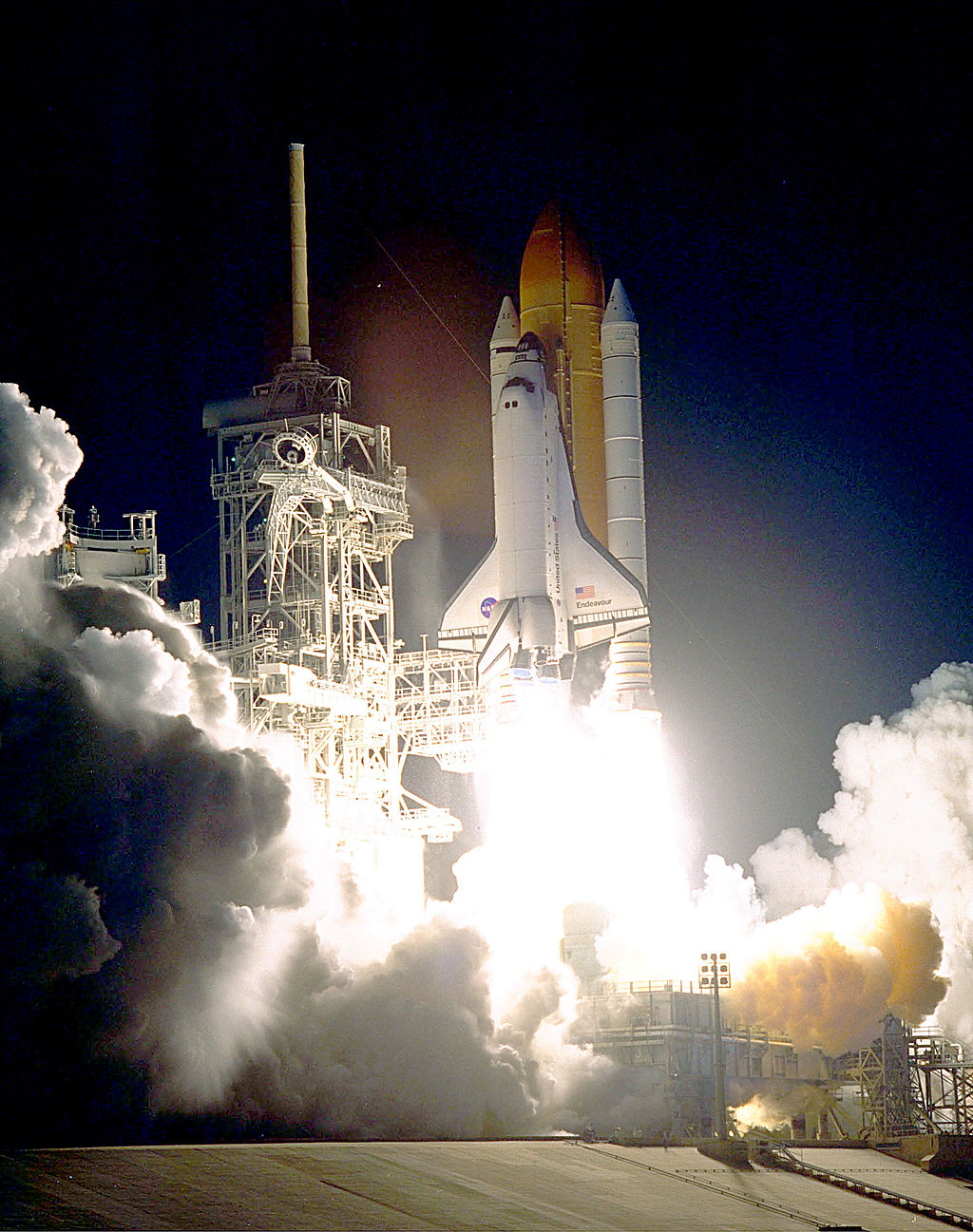
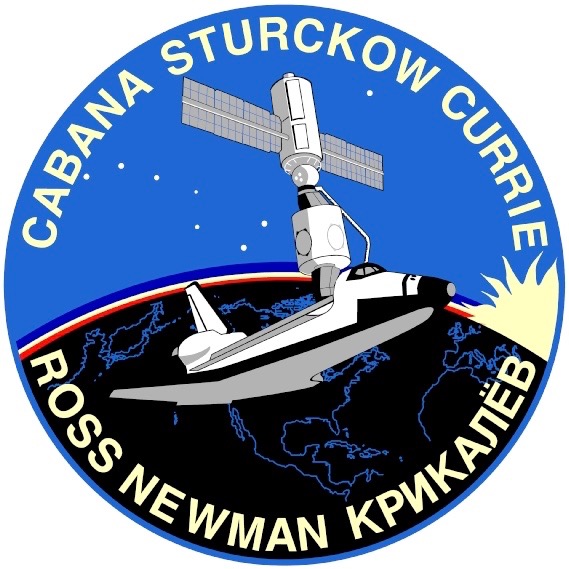 4 December 1998, 08:35:34 UTC: Space Shuttle Endeavour (STS-88) lifts off from Launch Complex 39A, Kennedy Space Center, Cape Canaveral, Florida, on an 11-day mission to assemble the Unity docking connector module (Node 1) of the International Space Station.
4 December 1998, 08:35:34 UTC: Space Shuttle Endeavour (STS-88) lifts off from Launch Complex 39A, Kennedy Space Center, Cape Canaveral, Florida, on an 11-day mission to assemble the Unity docking connector module (Node 1) of the International Space Station.
The Mission Commander of STS 88 was Colonel Robert Donald Cabana, United States Marine Corps, on his fourth (and final) space flight. The Pilot was Colonel Frederick Wilford Sturcklow, U.S. Marine Corps, on his first space flight. There were four Mission Specialists: Colonel Jerry Lynn Ross, U.S. Air Force; Major Nancy Jane Currie, U.S. Army, on her third space flight; James Hansen Newman, Ph.D., on his third flight; and Sergei Konstantinovick Krikalev (Серге́й Константинович Крикалёв), a Cosmonaut-Researcher for NPO Energia, on his fourth of six space flights.
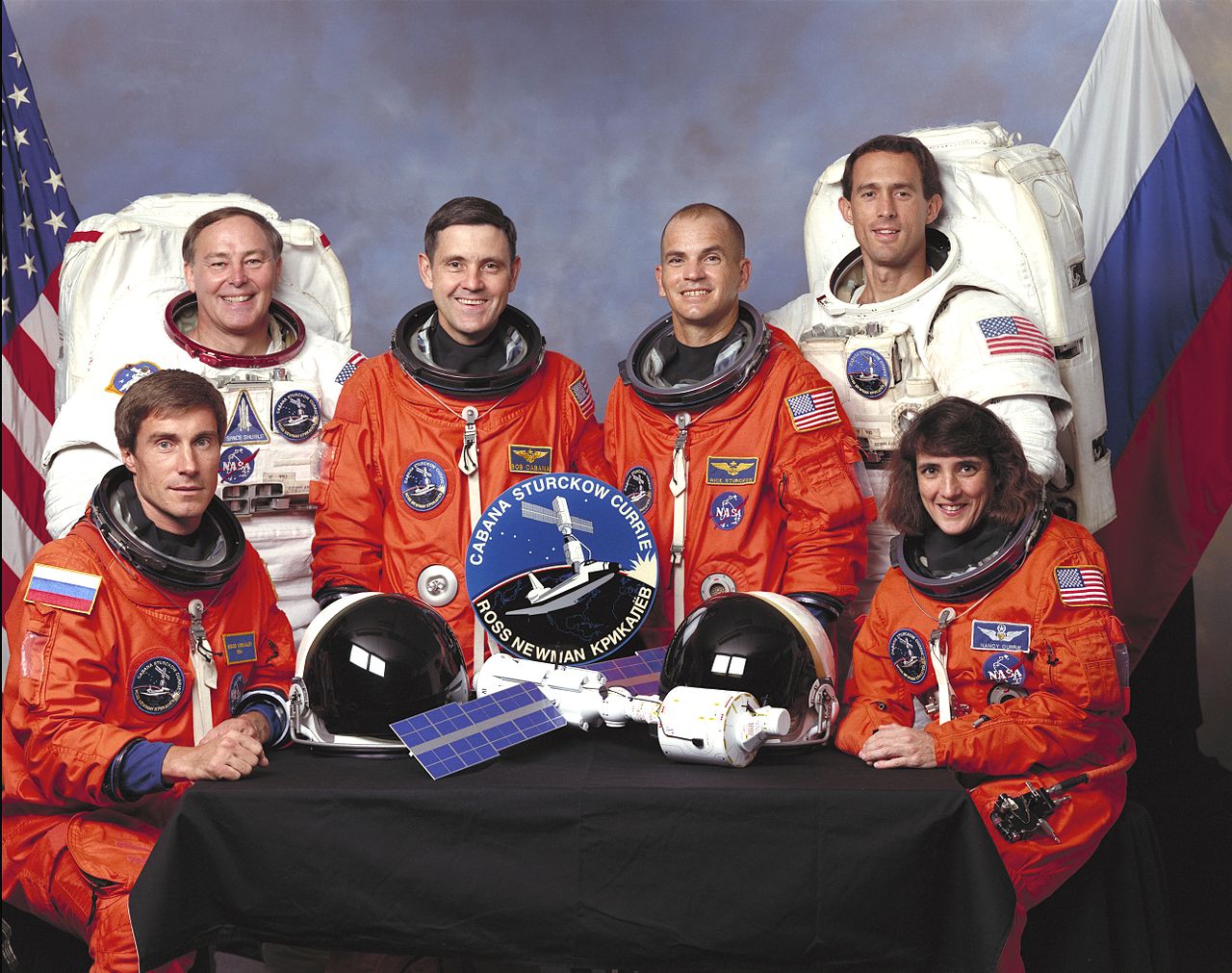
The first segment of the space station was the Functional Cargo Block, known as Zarya (Заря́), which had been placed in Earth orbit two weeks earlier, 20 November 1998, by a Proton-K three-stage rocket, launched from the Baikonur Cosmodrome.
Node 1 provided a docking station for arriving space craft. Adaptor points for additional modules were built into the node’s circumference. Endeavour carried Node 1 in its cargo bay. It was maneuvered into position and installed using the shuttle’s robotic arm, operated by Major Currie.
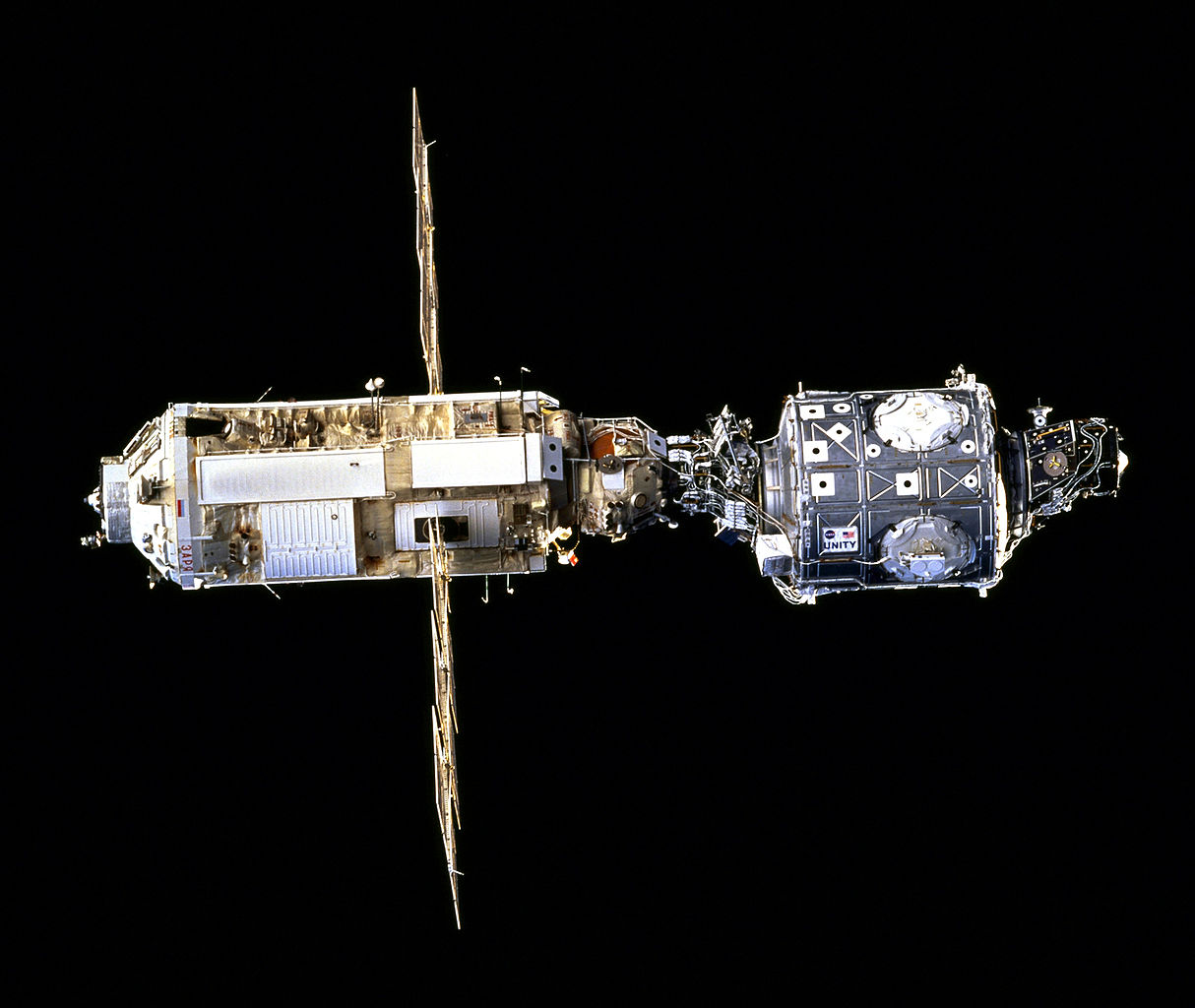
Endeavour returned to Earth at the Shuttle Landing Facitity, Kennedy Space Center, at 10:53:29 p.m., Eastern Standard Time, 15 December 1998 (03:53, 16 December 1998, UTC). The total duration of Mission STS-88 was 11 days, 19 hours, 18 minutes, 47 seconds.
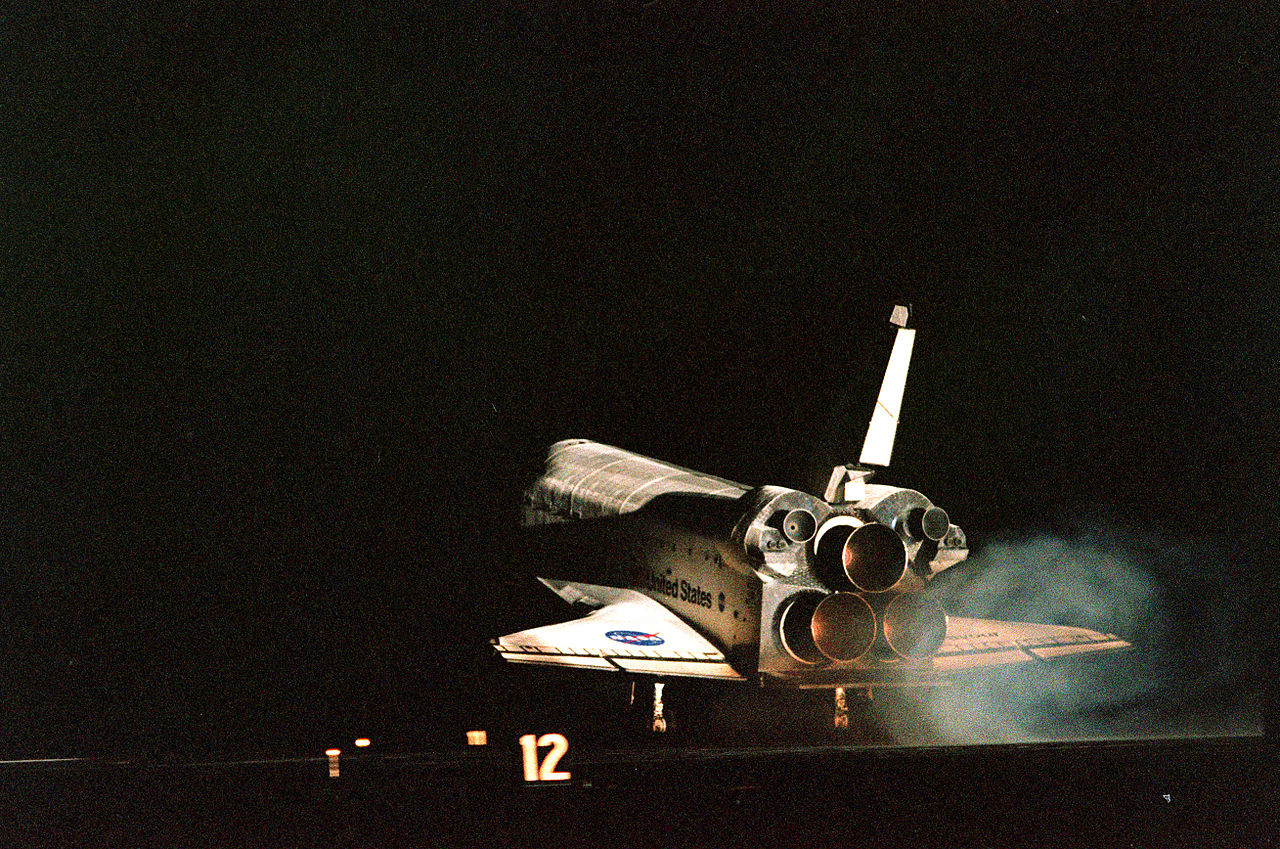
© 2018, Bryan R. Swopes
23 November 2002, 00:49:47 UTC, T minus Zero
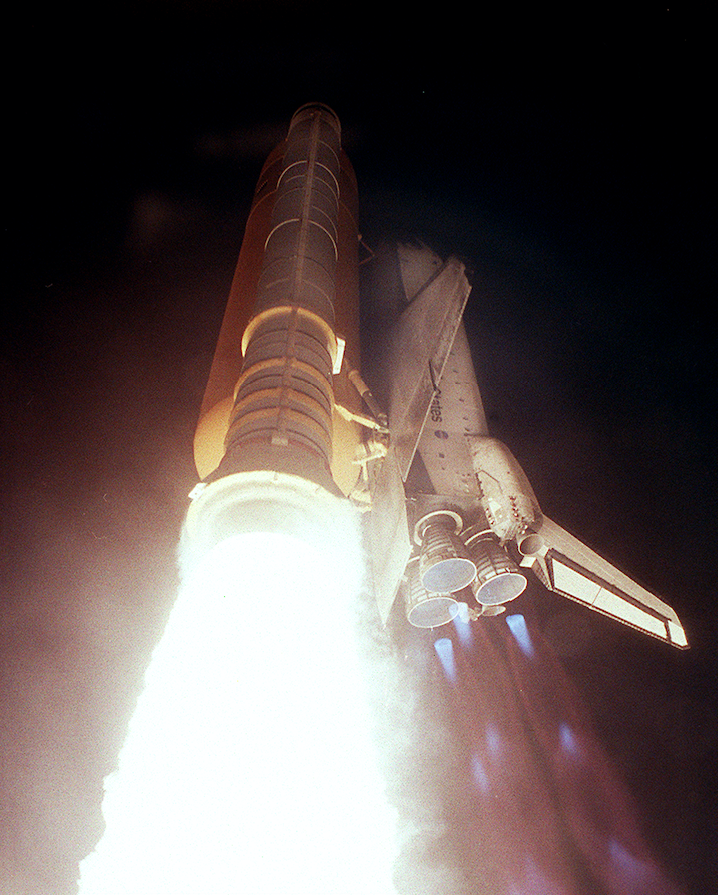
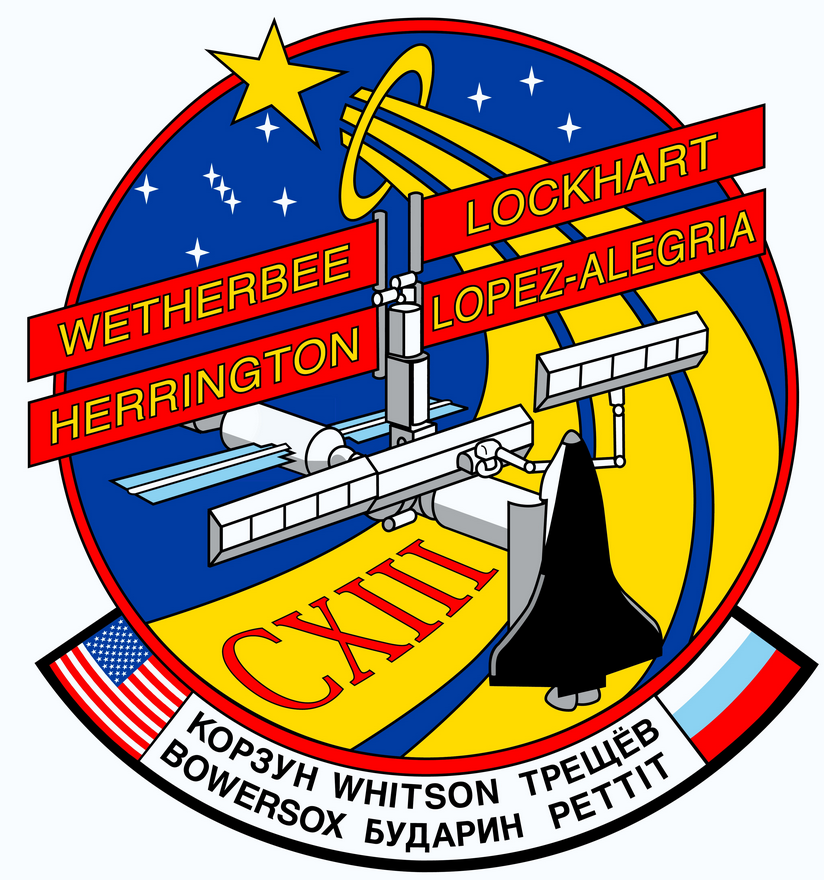 23 November 2002, 00:49:47 UTC, T minus Zero: Space Shuttle Endeavour (OV-105) lifted off from Launch Complex 39A, Kennedy Space Center, Cape Canaveral, Florida, on mission STS-113.
23 November 2002, 00:49:47 UTC, T minus Zero: Space Shuttle Endeavour (OV-105) lifted off from Launch Complex 39A, Kennedy Space Center, Cape Canaveral, Florida, on mission STS-113.
The mission commander, Captain James D. Wetherbee, United States Navy, was on his sixth space flight and shuttle pilot Lieutenant Colonel Paul S. Lockhart, United States Air Force, was on his second. Mission Specialist Captain Miguel López-Alegría, USN, was on his third space flight while Commander John B. Harrington, USN, was on his first.
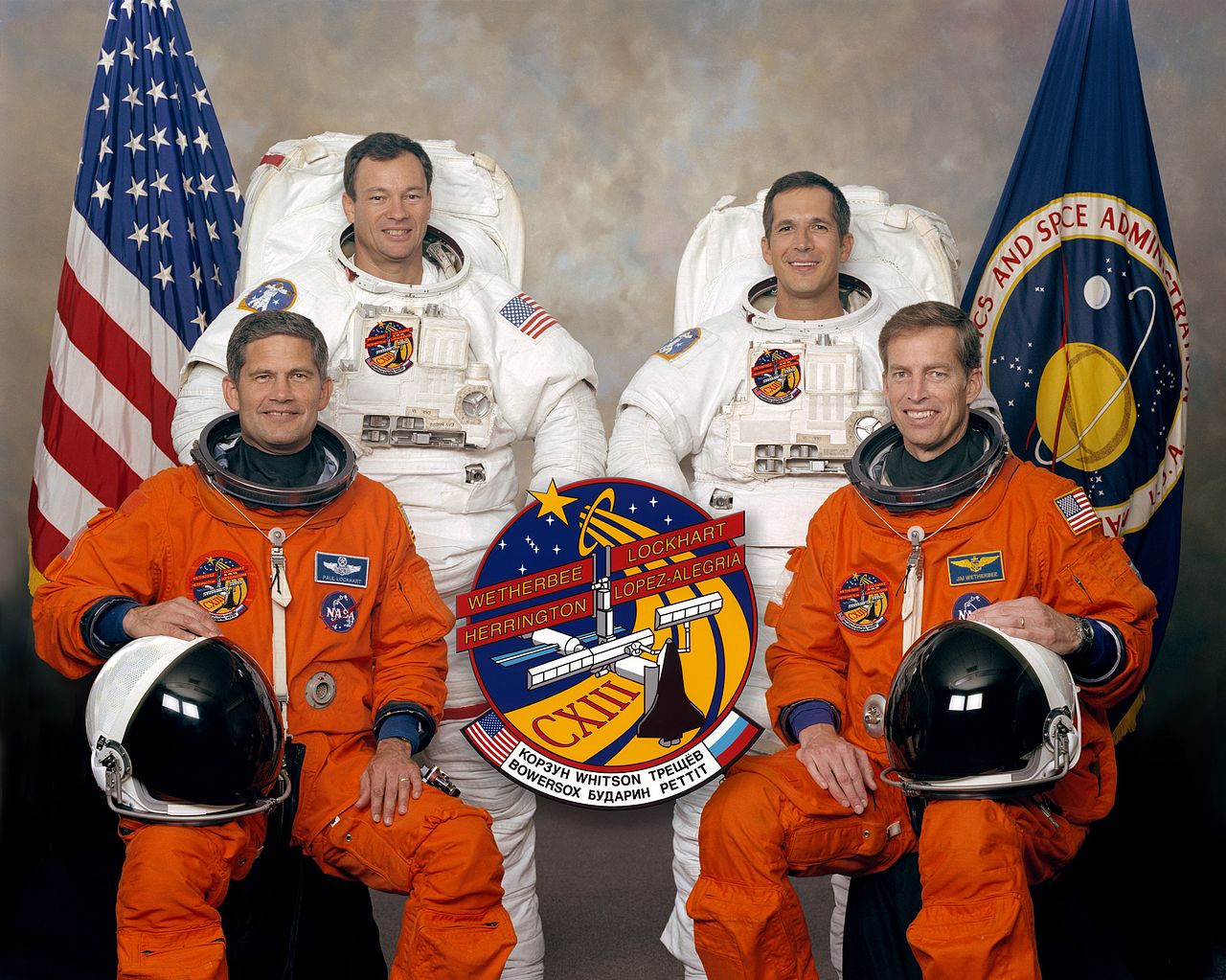
STS-113 delivered the P1 truss (the Port Side Thermal Radiator Truss), a major structural component of the International Space Station, into orbit, while also carrying the three members of Expedition 6, who were to spend the next four months on board the space station: Captain Kenneth D. Bowersox, USN, was on his fifth space flight; Test Cosmonaut Nikolai Mikhailovich Budarin (Николай Михайлович Бударин), Russian Federal Space Agency (RKA), on his third flight; and Donald R. Pettit, Ph.D., NASA, was on his first. ISS Expedition 5 members Colonel Valery Grigoryevich Korzun (Валерий Григорьевич Корзун), Soviet Air Force, Peggy Annette Whitson, Ph.D., NASA, and Sergei Yevgenyevich Treshchov (Сергей Евгеньевич Трещёв), RSC Energia, having completed their assignments to the ISS, were returned to Earth aboard Endeavour.
Endeavour landed at the Shuttle Landing Facility (LSF), Kennedy Space Center, at 19:38:25 UTC, 7 December 2002. The duration of mission STS-113 was 13 days, 18 hours, 48 minutes, 38 seconds. Endeavour remained docked with the ISS for 6 days, 22 hours, 51 minutes, 00 seconds. While in orbit, NASA astronauts López-Alegría and Herrington performed three EVAs (Extravehicular Activity, of “space walks”).
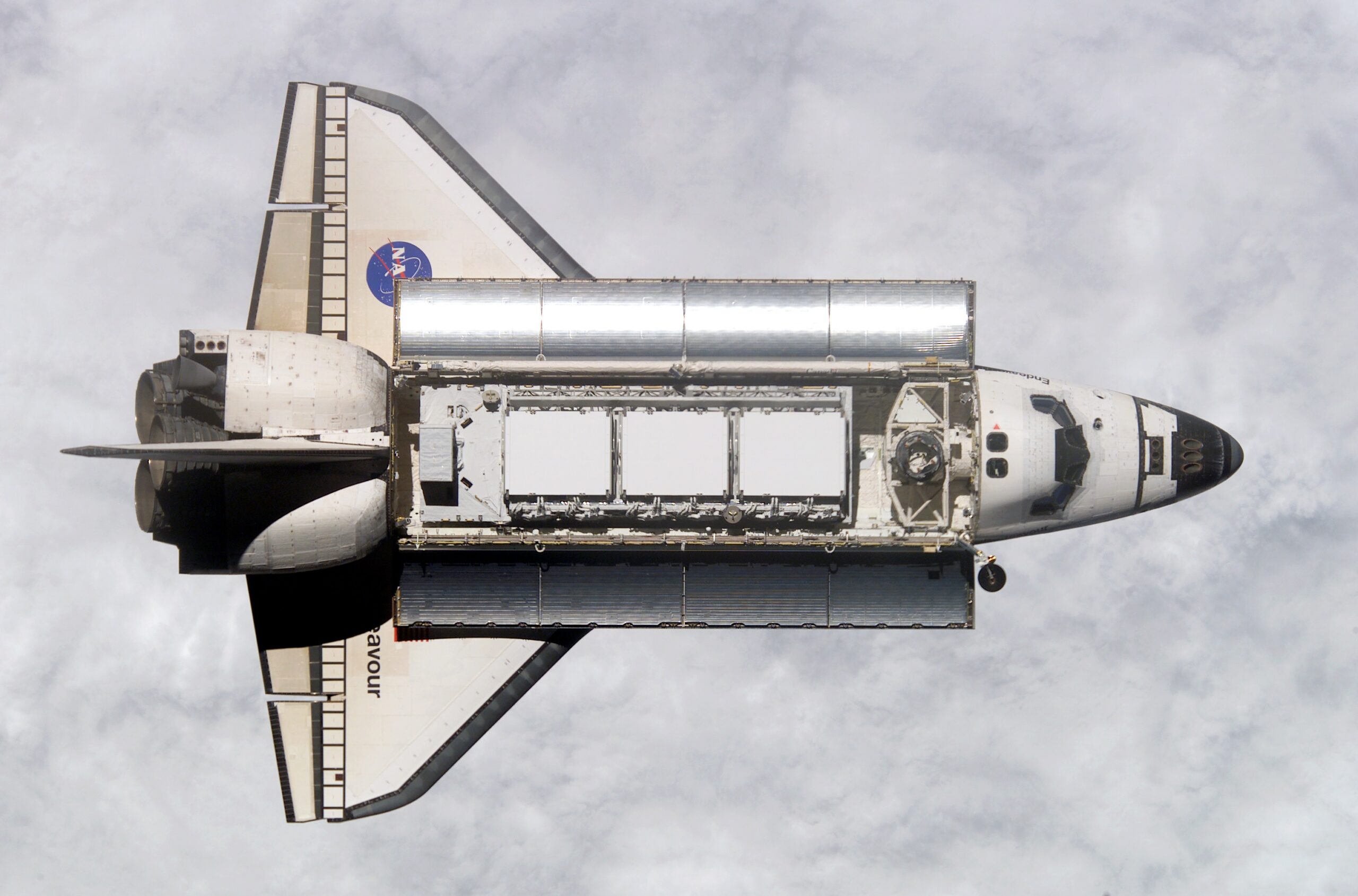
© 2018, Bryan R. Swopes
